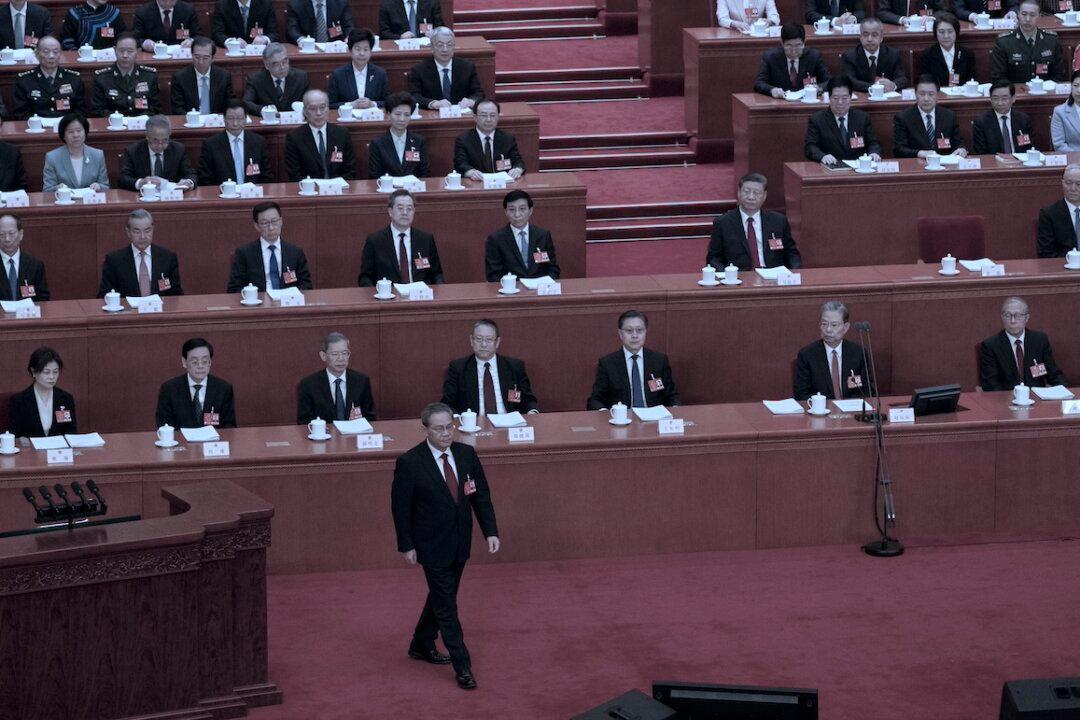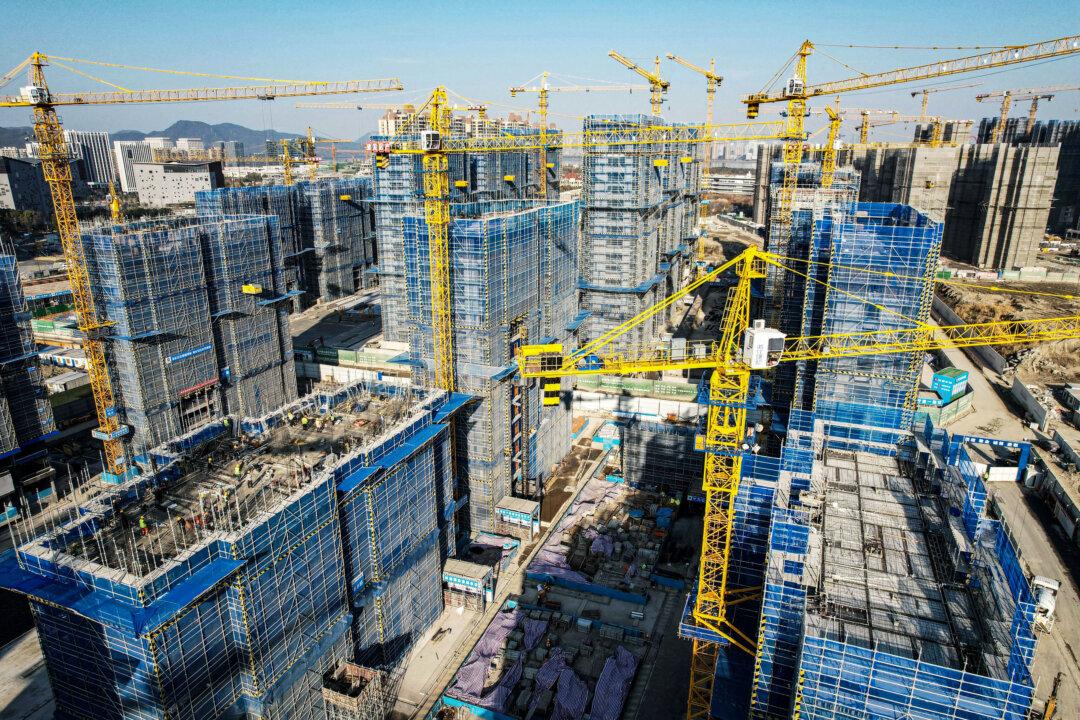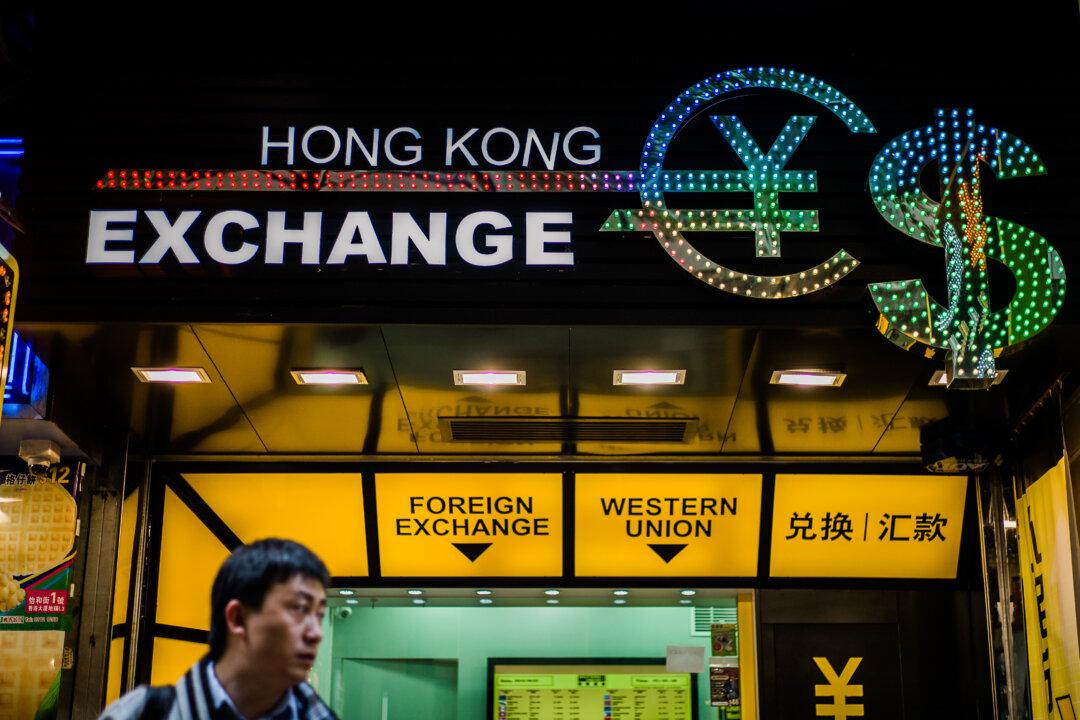The U.S. Treasury Department has recently forged working groups with China on economic and financial matters. A China affairs observer believes the move is designed to minimize the risk of a significant shock to the United States and the world in the event of a Chinese economic collapse.
The U.S. Department of Treasury announced Sept. 22 that one of the groups will focus on economic topics, working with China’s Ministry of Finance, and the other on financial topics, partnering with China’s Central Bank (the People’s Bank of China).
The establishment of the working groups could be seen as a result of discussions by U.S. diplomats with their Chinese counterparts during visits to China this summer. Those efforts included a July talk between U.S. Treasury Secretary Janet Yellen and Chinese Vice Premier He Lifeng, as well as a late August dialogue between Commerce Secretary Gina Raimondo and Chinese Commerce Minister Wang Wentao.
China affairs commentator Li Yanming told The Epoch Times he believes the United States formed the working groups to soften the impact of the communist regime’s financial crisis on the rest of the world.
Aiming to Soften the Blow Amid Global Jitters
Washington’s recent contacts with Beijing and the establishment of the working groups should be aimed at cushioning the impact of China’s economic crisis on the United States and the rest of the world, according to Mr. Li.Mr. Li believes that China’s “Lehman moment” is approaching at an accelerated pace.
The term is a reference to the 2008 collapse of Lehman Brothers, at the time the fourth largest investment bank in the United States. The firm announced its filing for bankruptcy protection on Sept. 15, 2008, triggering a global financial tsunami.
China’s real estate and local debt crises weigh down its entire financial and economic system, said Mr. Li.

China’s central bank has repeatedly cut interest rates to stimulate its depressed economy. However, the strategy has also increased the interest rate differential between the United States and China as the Fed has raised U.S. interest rates.
As a result, the exchange rate of the Chinese yuan continues to fall, aggravating the outflow of capital. Ultimately, China’s central bank is caught in a vicious cycle.
Western countries are wary that China’s financial markets crisis could have a domino effect on the global financial economy.
President Joe Biden said at an Aug. 10 political fundraiser that China is in “trouble” due to its slowed growth and high unemployment. China is a “ticking time bomb” threatening the world economy, he said.
The economic slowdown has hit Asian and African economies the worst so far. In July, Japan reported its first drop in exports in over two years, after China cut back on auto and tech imports. In August, central bankers from South Korea and Thailand downgraded their growth forecasts, citing China’s weak economy.
Real Estate Collapse
After three years of stringent anti-COVID measures and lockdowns, the Chinese economy has fallen to a historic recessionary inflection point, as evidenced by weak consumption and the decline of the real estate sector, which accounts for about 30 percent of China’s GDP.On Sept. 22, China’s largest property developer, Evergrande Group, announced it would abandon a $35 billion debt restructuring plan to ensure its survival, citing weaker-than-expected real estate sales.
Subsequently, it was announced that Xu Jiayin, chairman of Evergrande Group, had been detained “on suspicion of violating the law and committing a crime,” according to a Sept. 28 bulletin from the company.
Mr. Li said it is clear that Evergrande’s self-save approaches “could no longer cope with the speed of the deterioration of the real estate market.“ He added that China’s real estate implosion is “much more severe than what the outside world has seen.”
Other Chinese real estate giants are in dire straits as well. In September, Country Garden narrowly avoided default, while leading property developer Sunac filed for bankruptcy protection.
Local Debt Crisis Leaves Workers Without Pay
Another factor aggravating China’s economic woes is an enormous amount of local debt. Goldman Sachs estimates that Chinese local government debt has reached 94 trillion yuan (about $1.29 billion).In August, the CCP’s State Council dispatched investigators to more than ten provinces to “check their accounts” and seek to reduce their debt.
State-owned Tianjin Bus Group, located about 72 miles from Beijing, delayed part of its bus drivers’ wages for a three-month period between June and August of this year, according to a report on Chinese news portal NetEase on Sept.14. The company has 1.83 million employees.
Tianjin employees complained on local social media that they were not receiving overtime pay that was owed to them; while some had their health insurance suspended, according to the NetEase article.
Chinese news site Jiemian News quoted a Tianjin bus driver as saying that his salary and summer heat subsidy had not been paid for three months as of Sept. 20. A longtime employee of the public transportation company told the media that the situation goes back two years.
Unpaid wages have sparked protests in some places: an online video on Sept. 4 showed hundreds of high school teachers in Henan Province staging a sit-in protest to demand their paychecks, which hadn’t been paid for several months.
Recently, more than 30 people protested outside the Guilin Municipal Radio, Film and Television Bureau in southern China’s Guangxi Province, in a video posted to social media. They held a banner that read “No wages in six months! We want to survive!”
Yang Fan, a professor at the China University of Political Science and Law, said in a Feb. 17 post on Weibo that China’s finances can no longer afford its 81 million public employees.
According to official data, in 2022, China’s fiscal revenue was 2,037 billion yuan ($279 billion), while budgetary expenditure reached 2,606 billion yuan ($356 billion). The gap in fiscal deficit reached 5.7 trillion yuan ($77 billion), a number that had grown year-on-year. For reference, the figure is comparable to the GDP of Sichuan, China’s fifth-largest province.






